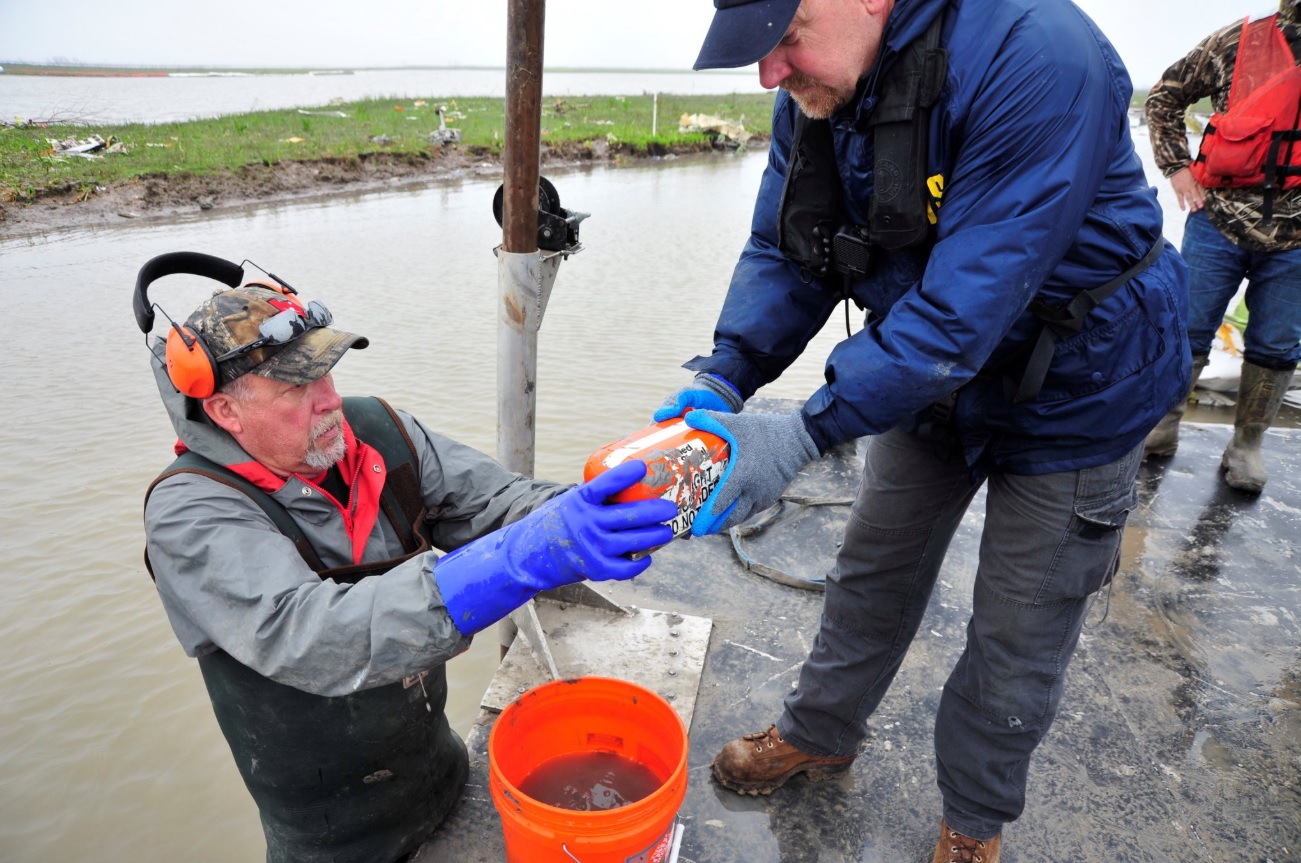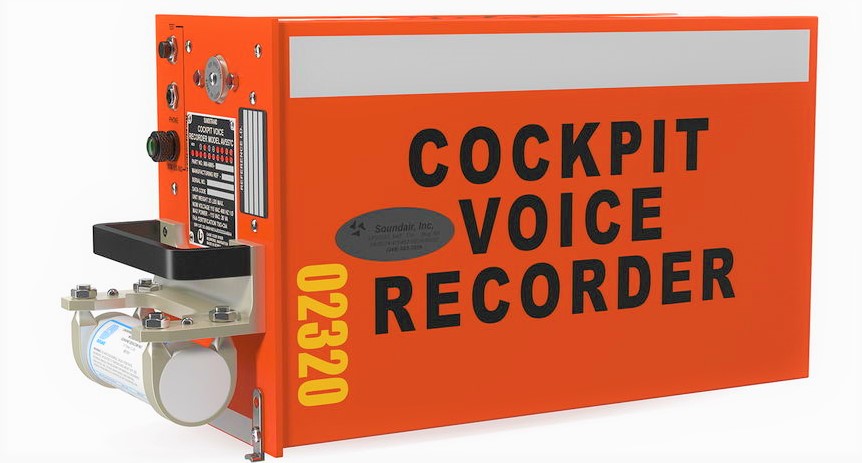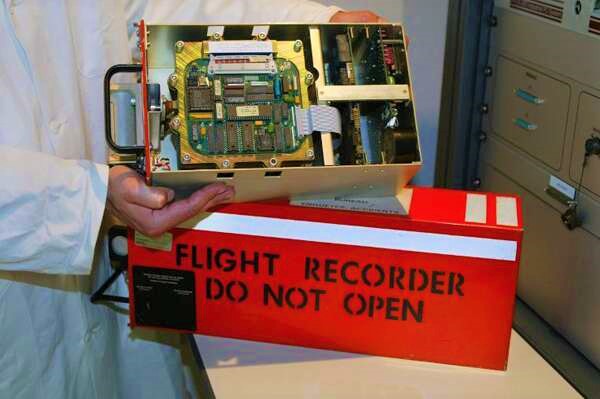


On 31st march 2021, indonesian government announced that, they have recovered the missing CVR (cockpit voice recorder) memory module of the ill fated Sriwijaya Air Flight 182 & that will help them with the data already recovered from the FDR ( Flight data recorder) for some conclusion to the fatal accident.
Ever wondered, what are the parameters these investigators look for, when they recover the 'Flight Recorders' or 'Black boxes' ?
Flight recorders may constitue units like Flight Data Recorder (FDR), Cockpit Voice Recorder (CVR), an airborne image recorder (AIR) and/or a data link recorder (DLR).
Our discussion will concentrate on FDR, responsible for recording the different flight parameters & CVR, that is tasked to record the acoustic environment of cockpits.

The CVR shall record on four separate channels, or more, at least the following transmisson:

CVR shall start to record prior to the aeroplane moving under its own power and record continuously until the termination of the flight when the aeroplane is no longer capable of moving under its own power.
Channel 1 — Co-pilot headphones and live boom microphone.
Channel 2 — Pilot headphones and live boom microphone.
Channel 3 — Area microphone.
Channel 4 — Time reference plus the third and fourth crew members’ headphone and live microphone, if applicable.

The number of parameters to be recorded depends on aeroplane complexity and MTOW (Maximum Take Off Weight).
The parameters below without an asterisk (*) are mandatory parameters which shall be recorded regardless of aeroplane complexity.
► Flight path and speed parameters :
Pressure altitude
Indicated airspeed or calibrated airspeed
Air-ground status and each landing gear air-ground sensor when practicable
Total or outside air temperature
Heading (primary flight crew reference)
Normal acceleration
Lateral acceleration
Longitudinal acceleration (body axis)
Time or relative time count
Navigation data*: drift angle, wind speed, wind direction, latitude/longitude
Groundspeed*
Radio altitude*
► Aircraft attitude parameters :
Pitch attitude
Roll attitude
Yaw or sideslip angle*
Angle of attack*
► Engine power parameters :
Engine thrust/power: propulsive thrust / power on each engine,
Cockpit thrust/power lever position
Thrust reverse status*
Engine thrust command*
Engine thrust target*
Engine bleed valve position*
Additional engine parameters*: EPR, N1, indicated vibration level, N2, EGT, TLA, fuel flow, fuel cut-off lever position, N3.
► Aircraft configuration :
Pitch trim surface position
Flaps*: trailing edge flap position, cockpit control selection
Slats*: leading edge flap (slat) position, cockpit control selection
Landing gear* : landing gear, gear selector position
Yaw trim surface position* — Roll trim surface position*
Cockpit trim control input position pitch* / roll*/ yaw* .
Ground spoiler and speed brake*: Ground spoiler position, ground spoiler selection, speed brake position, speed brake selection De-icing and/or anti-icing systems selection*
Hydraulic pressure (each system)*
Fuel quantity in CG trim tank *
AC and DC electrical bus status*
APU bleed valve position*
Computed centre of gravity*
► Flight operation parameters :
Warnings
Primary flight control surface and primary flight control pilot input: pitch axis, roll axis, yaw axis
Marker beacon passage
Each navigation receiver frequency selection
Manual radio transmission keying and CVR/FDR synchronization reference
Autopilot/autothrottle/AFCS mode and engagement status*
Selected barometric setting*: pilot, first officer
Selected altitude / speed / Mach/ vertical speed / heading / flight path (all pilot selectable modes of operation)*
Selected decision height*
EFIS display format*: pilot, first officer
Multi-function/engine/alerts display format*
GPWS/TAWS/GCAS status*: selection of terrain display mode including pop-up display status, terrain alerts, both cautions and warnings, and advisories, on/off switch position
Low pressure warning*: hydraulic pressure, pneumatic pressure.
Computer failure*
Loss of cabin pressure*
TCAS/ACAS (traffic alert and collision avoidance system/airborne collision avoidance system)*
Ice detection* and Wind shear warning* .
Engine warning each engine vibration* / over temperature*/ low oil pressure * /engine over speed*.
Operational stall protection, stick shaker and pusher activation*
All cockpit flight control input forces*: control wheel, control column, rudder pedal cockpit input forces
Vertical deviation*: ILS glide path, MLS elevation, GNSS approach path
Horizontal deviation*: ILS localizer, MLS azimuth, GNSS approach path
DME 1 and 2 distances*
Primary navigation system reference*: GNSS, INS, VOR/DME, MLS, Loran C, ILS
Brakes*: left and right brake pressure, left and right brake pedal position
Date* and Event marker*
Head up display in use* / Para visual display on*
The term "black box" was a World War II British phrase, originating with the development of radio, radar, and electronic navigational aids in British and Allied combat aircraft. These often-secret electronic devices were literally encased in non-reflective black boxes or housings.

Due to their importance in investigating accidents, these ICAO-regulated devices are carefully engineered and constructed to withstand the force of a high speed impact and the heat of an intense fire. Contrary to the popular term "black box", the exterior of the FDR is coated with heat-resistant bright orange paint for high visibility in wreckage, and the unit is usually mounted in the aircraft's empennage, where it is more likely to survive a severe crash.
The standards under TSO C124a (DFDR) and TSO C124a (CVR) provide some interesting parameters, that promise to keep the black boxes safe under harshest of environment till traced under a time period.
References : ICAO Annex 6 , TSO C124a & TSO C124a .
Display Picture : NTSB Search crews have recovered the flight data recorder from the cargo jet that crashed in Trinity Bay in Anahuac, TX.
